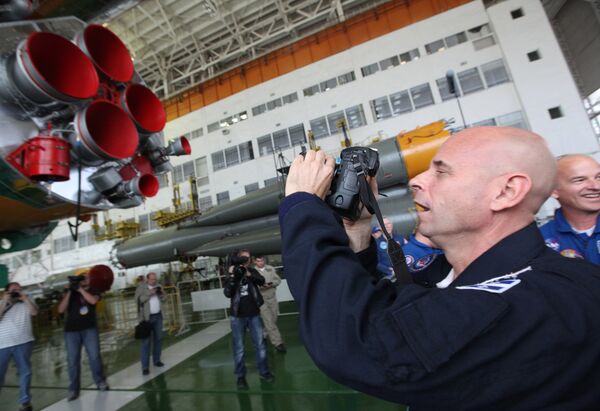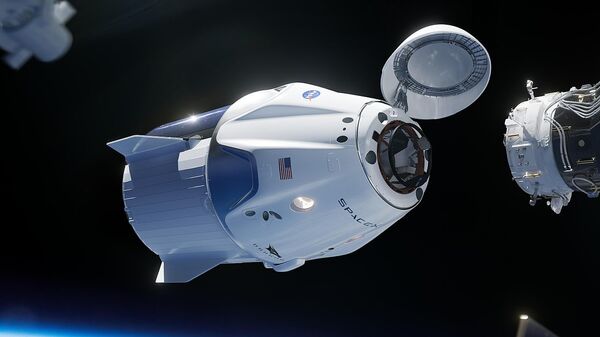Elon Musk’s company SpaceX has announced it has signed a contract with startup Axiom Space to send three tourists to the International Space Station as early as next year.
Breaking the news on 5 March, the companies issued a joint statement, touting the venture as the "first-ever fully private human spaceflight mission" to the ISS.
"This will be just the first of many missions to ISS to be completely crewed and managed by Axiom Space — a first for a commercial entity. Procuring the transportation marks significant progress toward that goal, and we're glad to be working with SpaceX in this effort," said Michael Suffredini, CEO of Axiom.
Begin the countdown to the first-ever fully private human spaceflight mission to the International Space Station.
— Axiom Space (@Axiom_Space) March 5, 2020
The historic first Axiom crew will be transported on a @SpaceX Crew Dragon. pic.twitter.com/5XfJQ5czvK
SpaceX President Gwynne Shotwell echoed:
"Thanks to Axiom and their support from NASA, privately crewed missions will have unprecedented access to the space station, furthering the commercialization of space and helping usher in a new era of human exploration."
Individuals capable of covering the hefty cost of a “ticket to space”, estimated at $55million (£42million) according to the New York Post, will travel together with a trained flight commander on SpaceX’s fully-autonomous capsule “Crew Dragon”.
Axiom will be providing the training, hardware, life support, medical support, crew provisions, safety certifications and on-orbit operations for space travelers.
Building the International Space Station’s successor.
— Axiom Space (@Axiom_Space) March 5, 2020
Booking a Crew Dragon mission with @SpaceX for our first flight – the first fully private flight to ISS in history.
This is the commercialization of Low Earth Orbit.https://t.co/QKPlkdfLGz pic.twitter.com/DZEUXFMJy6
Measuring about 13-feet across, the capsule will link up with the space station to enable the passengers to spend around eight days in space before being ferried back to Earth. The ambitious mission is set to launch sometime in the second half of 2021.
SpaceX’s Crew Dragon will require certification for human spaceflight and will need to prove it can serve its intended purpose to ferry NASA astronauts to and from the ISS before the trip becomes reality.
In 2019 NASA said it would allow up to two trips to the ISS per year for non-government astronauts.
Up until now, eight tourists have visited the ISS aboard Russian Soyuz rockets, with American engineer Dennis Tito the trailblazer in 2001, and the last being Canadian billionaire Guy Laliberte in 2009.

Earlier, in February, SpaceX signed a deal with Space Adventures to send four tourists deeper into orbit than any other private astronaut, hoping the mission could take place by 2022.
Space Adventure's president Tom Shelley told AFP the ambition goal was to try and reach about “two to three times the height of the space station”, which is 400 kilometers above Earth’s surface.


